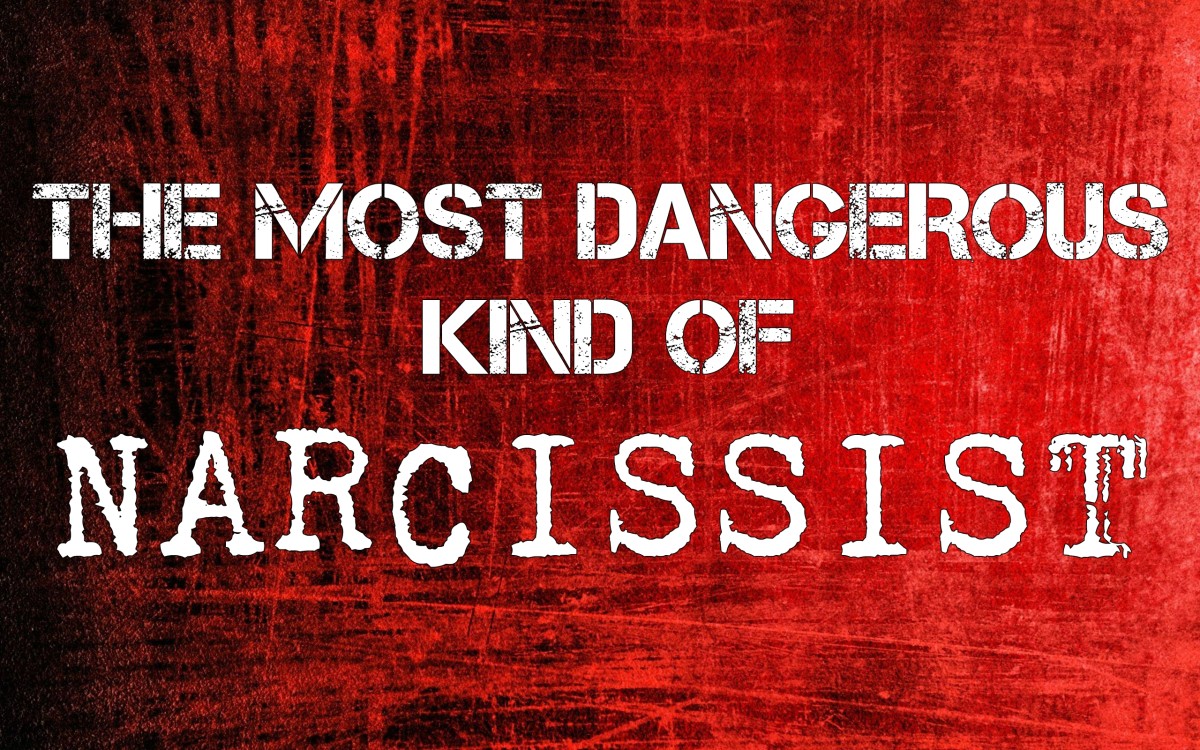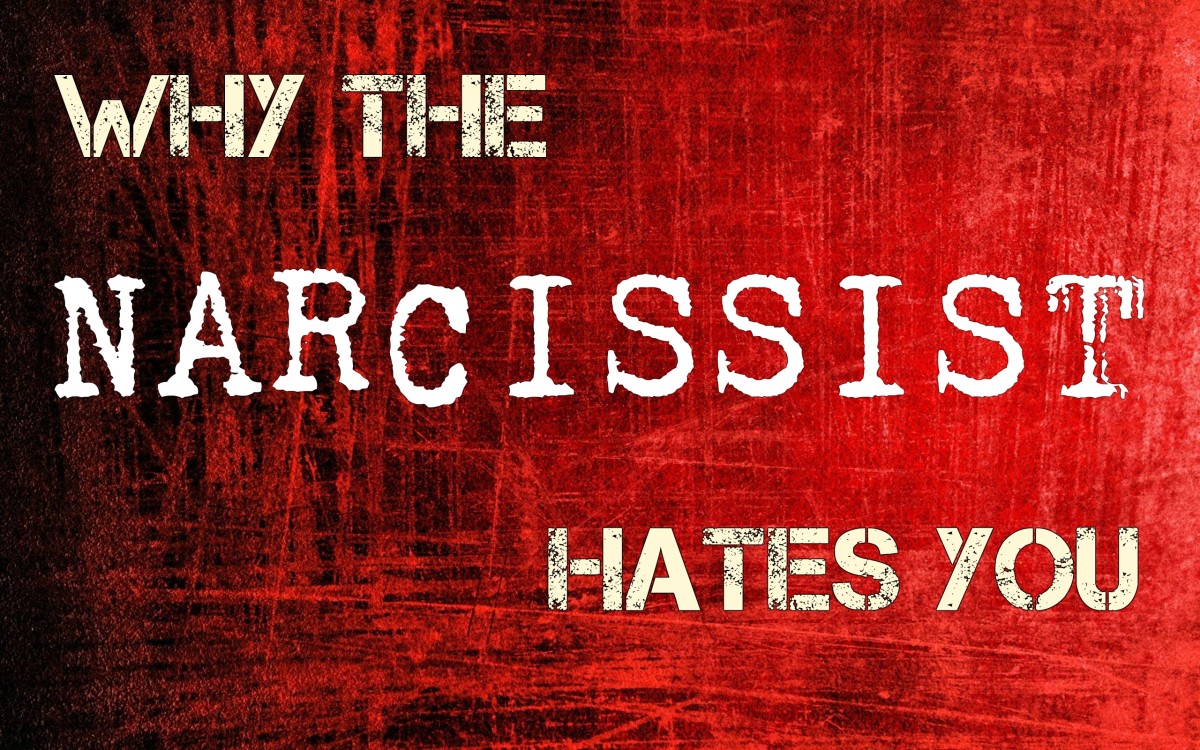Compulsive hoarding - Understanding hoarders and hoarding
What is compulsive Hoarding
Is hoarding a learned trait or is it a part of mental illness? While the debate goes on, there is not enough research to prove that either of these assumptions is true as they are not mutually exclusive in the real population. Hoarding, as a behaviour, is known to impair social, emotional and occupational functioning depending on the severity of the problem. Hoarding can be classified as simple hoarding and compulsive hoarding. Most people hoard something or the other in their life, but this may not really be a problem as long as they are in control of the situation. A compulsive hoarder acquires excessive amounts of items and saves them because they think that they will have need of it in the future. A hoarder sometimes saves them for their emotional value as a reminder of their loved ones or happier times in the past. However, the emotional value later becomes an emotional refuge for these individuals, as they feel safe only when surrounded by the objects that they collect. The other important thing about hoarders is that they seem to experience a high level of emotional distress when they are required to part with these items. It would be good to differentiate a hoarder from a collector. Unlike the hoarder, a collector collects only definite items, categorizing and organising them for easy access.

When does a hoarder become a person with a problem
A hoarder becomes problematic to himself and others when he disregards his safety and that of the others. A compulsive hoarder usually makes his living space so cluttered that it is impossible to move around and function normally. Hoarding becomes a cause of concern for the hoarder and others when his habit leads to poor sanitary conditions, infested by pests or unclean living conditions, emitting a foul smell thus putting at risk the his own health and those of his neighbors. The real threat of fires and other dangers of poor maintenance may become a problem for others.
Understanding hoarding and the hoarder
Hoarders are generally unaware of the behavior as being problematic to others. Studies suggest that hoarders become insensitive to their own emotions and those of the others. They may even find their behavior reasonable. Compulsive hoarders start by collecting items because of their emotional value, but eventually become more attached to the items than to the people around them. They cut themselves away from the society and cling on to the hoardings. Compulsive hoarders are unable to keep their possessions organized and under control. Their problems also seem to stem from dysfunctional and exaggerated beliefs regarding their possessions. For example, ‘losing an item is akin to losing a friend’, or ‘no one has the right to touch my possessions’, etc. Hoarders are compulsive buyers, buying more than they need.
Certain core beliefs in the area of self-worth, vulnerability, likability and helplessness seem to be akin among hoarders. Hoarders seem to have difficulty forming bonds and attachments. Hoarding allows an individual avoid unpleasant or difficult situations that may challenge him / her in their daily lives. Hoarders hide behind their hoarding avoiding decision-making, making possible mistakes while making decisions, facing emotional situations like loss or grief, or just plain avoidance of keeping things organized. Psychologists suggest that this is a form of avoidance behaviour that keeps the individual from facing reality. People with information processing deficit seem to be more vulnerable to hoarding.

Compulsive hoarding as a mental illness
Compulsive hoarding has been categorised as a subtype of OCD in DSM IV (Diagnostic and Statistical Manual of Mental Disorders), it has been proposed to include compulsive hoarding under OCD spectrum disorders in the new manual to be released in 2013. Compulsive hoarding (or pathological collecting) is provisionally named as Hoarding Disorder under DSM 5.
Symptoms for diagnosis under DSM 5 - To be diagnosed as compulsive hoarding it should be characterized by distress in parting with possessions regardless of their actual value, strong urges to save these items, accumulation to such an extent that it deters the free usage of space for designated purposes, clinically significant distress or impairment of social, occupational or other functions. This hoarding behaviour should not be caused by a medical condition.
Compulsive Hoarding in general population and in families
Studies strongly suggest that genetic and neuro-biological issues play a major role in compulsive hoarding. Statistics show that 2 to 5% of the population may be compulsive hoarders. This is significantly higher than the occurrence of OCD (Obsessive Compulsive Disorder) or other disorders such as panic disorder or schizophrenia in the general population. Studies also show that there is a positive correlation between traumatic life experiences in childhood such as, being denied of possessions, physical and sexual abuse and hoarding behaviour.
Studies also point to the fact that OCD runs in families. Some studies suggest that hoarding is genetic. Compulsive hoarding is known to run in families and hoarding is more common among siblings. These studies have not been replicated enough to be stated as conclusive evidence. Data also shows that though compulsive hoarding starts early in life, it becomes more prominently noticeable in later years. Most people start hoarding from the age of 11 but it becomes problematic after the age of 40.
Common types of compulsive hoarding
People resort to various types of hoarding. The most common of these being hoarding of books and animals.
Hoarding of books or Bibliomania is collection of books until it becomes a social problem or a health issue. The hoarder has no use for most of the books and they may have no intrinsic value to a book collector. It may just be a need to hoard the books and an inability to get rid of them.
Another type of hoarding is animal hoarding where the individual collects a large number of pets though they are not properly equipped to take care of them adequately. These people are deeply attached to their pets but have one too many. Their intention though is not to be cruel, it is just that they do not realise that by not caring for their pets they cause them more harm. Psychologists say that such hoarding is due to attachment disorder or poor parent child relationship during childhood. These animals just fill in their need for love
Treatment of compulsive hoarding
The most effective treatment available today is Cognitive-behavioural therapy. The therapist helps the patient restructure their cognitive beliefs related to hoarding. This form of treatment may require homework with the therapist.
Motivational interviewing is another form of therapy that has its roots in addiction therapy. The focus here is harm reduction rather than addressing hoarding behaviour.
It has been found that the response to treatment is poor as most patients have very poor insight into their problems. It is difficult to help a person unless he wants to be helped and really come out of the problem. Most patients do want to get out of their problem, but do have an ongoing dilemma of not wanting to part with their possessions.








